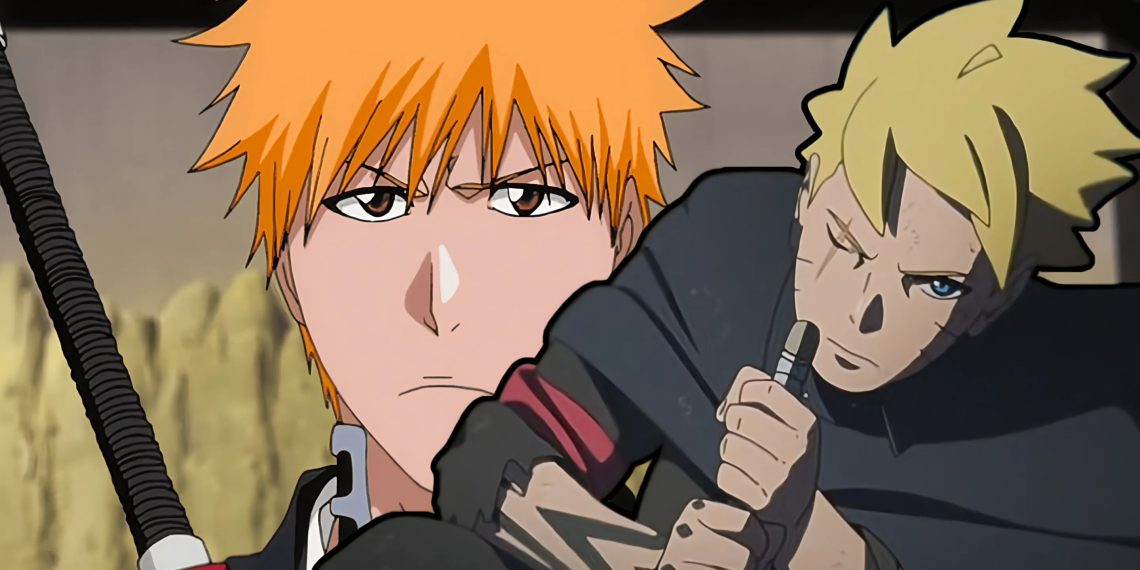The anime world is a dynamic world, where shifts in production strategies can generate waves of excitement or concern among fans.
Boruto: Naruto Next Generations, a continuation of the beloved Naruto franchise, has faced its fair share of speculation regarding its future.
As Studio Pierrot announced a multi-year delay for the anime to focus on quality over quantity, fans were left to wonder about the series’ fate.
However, recent developments indicate that the wait may not be as long as anticipated, largely due to Pierrot’s exciting collaboration with Asahi Productions.
In this article, we will explore the implications of this partnership, the shift in production strategies, and what it means for the future of Boruto.
The Shift in Studio Pierrot’s Approach
To fully grasp the current situation surrounding Boruto, it is essential to jump into the reasons behind Studio Pierrot’s shift to a seasonal format.
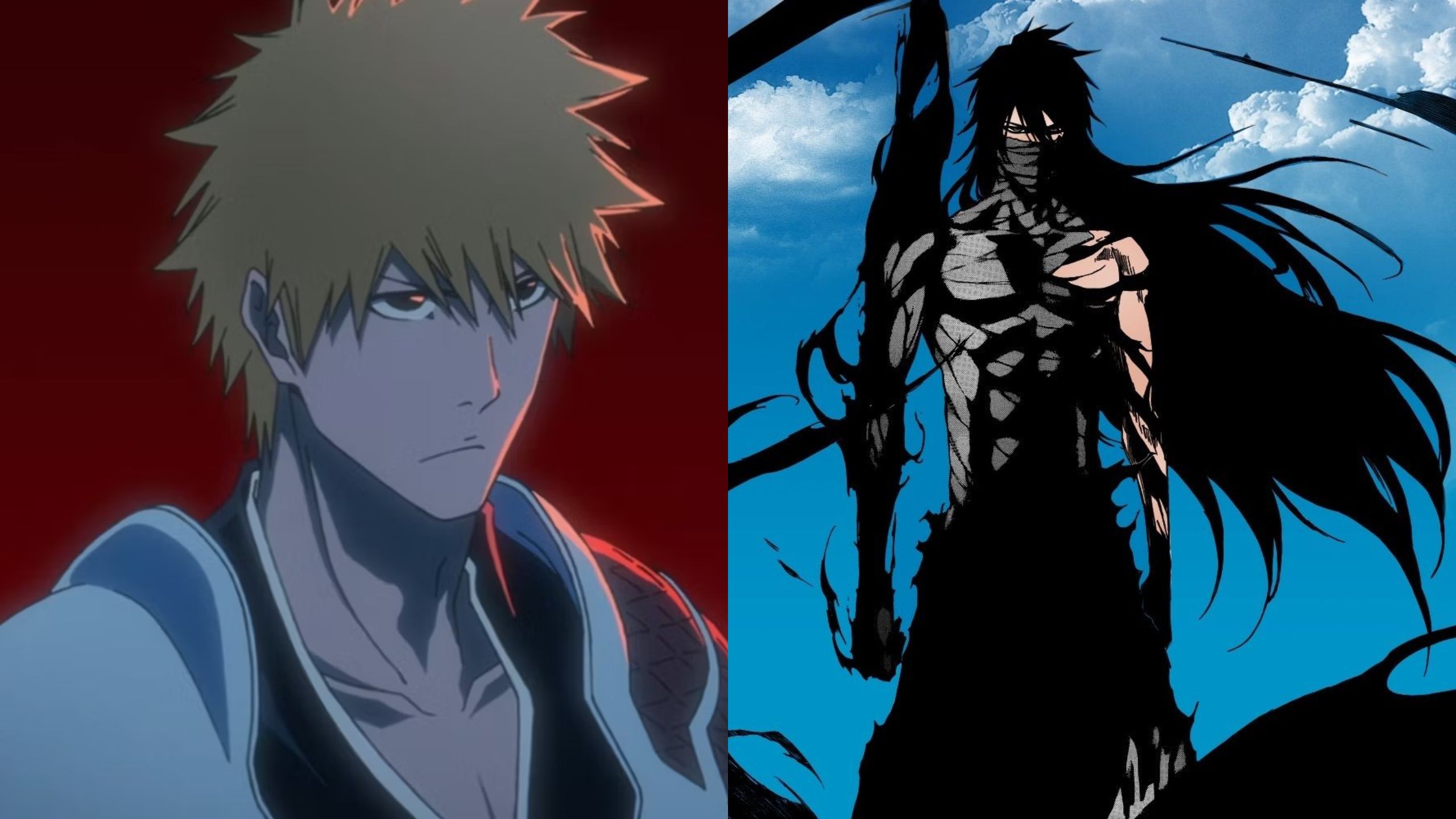
Historically, many anime series have opted for long-running formats, leading to extensive episode counts that can sometimes exceed 100 episodes.
While this model offers the advantage of continuous storytelling, it also presents challenges.
Long production schedules often mean that animation quality, pacing, and character development can suffer, leading to episodes that may feel rushed or lack depth.
Rethinking Production Models
In response to these challenges, Studio Pierrot has decided to embrace a seasonal format. This transition aims to produce content that not only meets but exceeds industry standards.
The seasonal model allows studios to allocate resources more effectively, resulting in higher-quality animation and more thoughtful storytelling.
By focusing on fewer episodes per season, creative teams can invest more time in crafting compelling narratives that resonate with audiences.
This shift in strategy reflects a broader trend within the anime industry. As viewer expectations evolve, studios are increasingly prioritizing quality over sheer volume.
The demand for visually stunning and narratively engaging content has never been greater, prompting studios to rethink how they approach production.
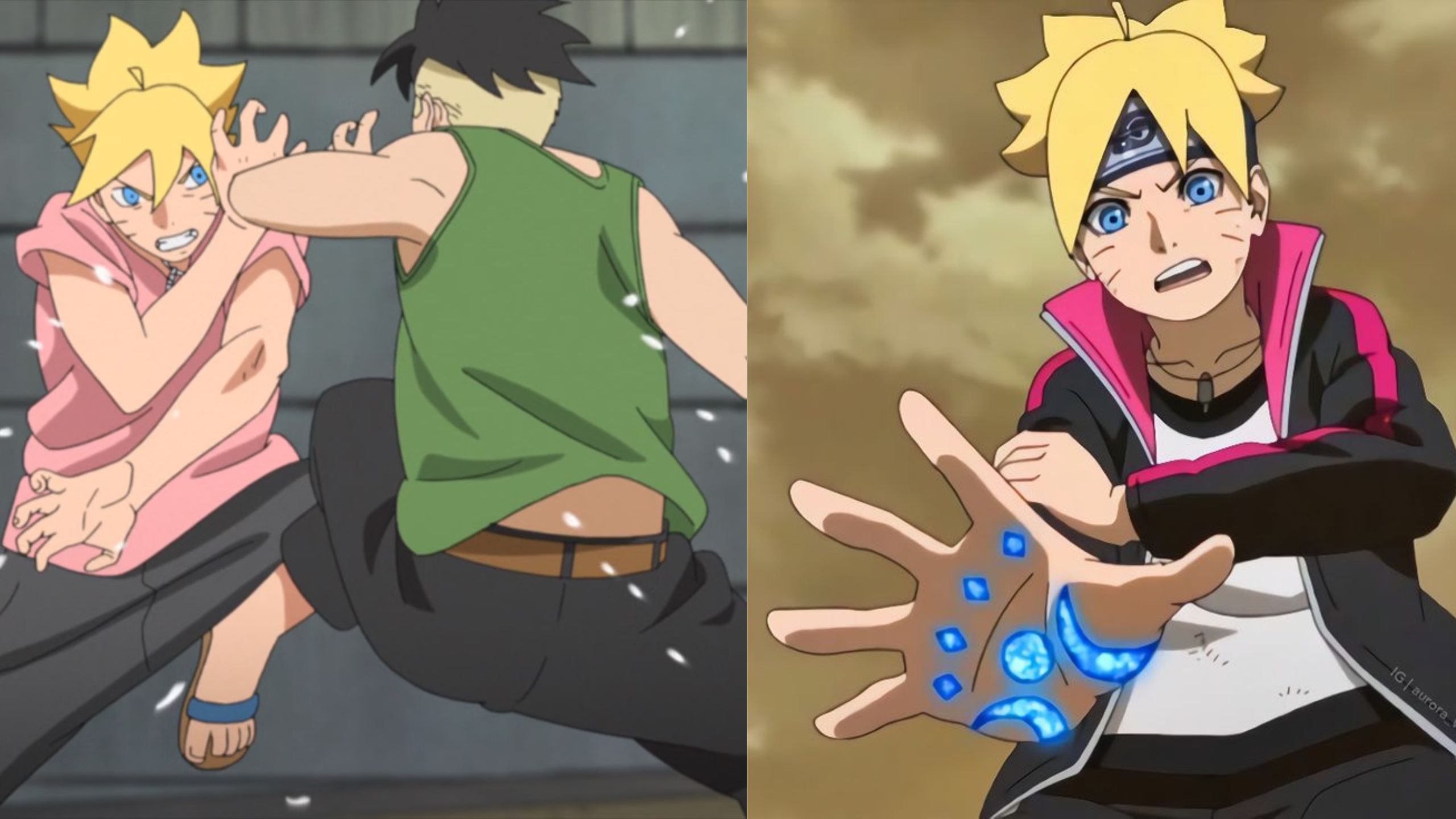
By transitioning to a seasonal model, Pierrot hopes to create a more polished viewing experience for fans.
Initial Fan Reactions and Concerns
When the initial announcement about Boruto’s delay was made, many fans reacted with disappointment and concern. Speculations arose suggesting that the anime could remain on hiatus until 2027 or later.
This anxiety was fueled by Pierrot’s busy schedule, which included major projects like Bleach: Thousand-Year Blood War, a series known for its complex animation and intricate storytelling.
As fans grappled with the prospect of a prolonged wait, discussions about Boruto’s future began to dominate online forums and social media.
However, the establishment of Pierrot’s new subsidiary, Pierrot Films, aimed at managing major projects, soon sparked renewed hope.
By creating a separate team to handle big titles, Pierrot can now juggle multiple series without compromising quality.
This restructuring suggests that Boruto might not be as far from a return as fans initially feared.
The Collaboration with Asahi Productions
In a surprising and promising development, Studio Pierrot has recently announced a collaboration with Asahi Productions.
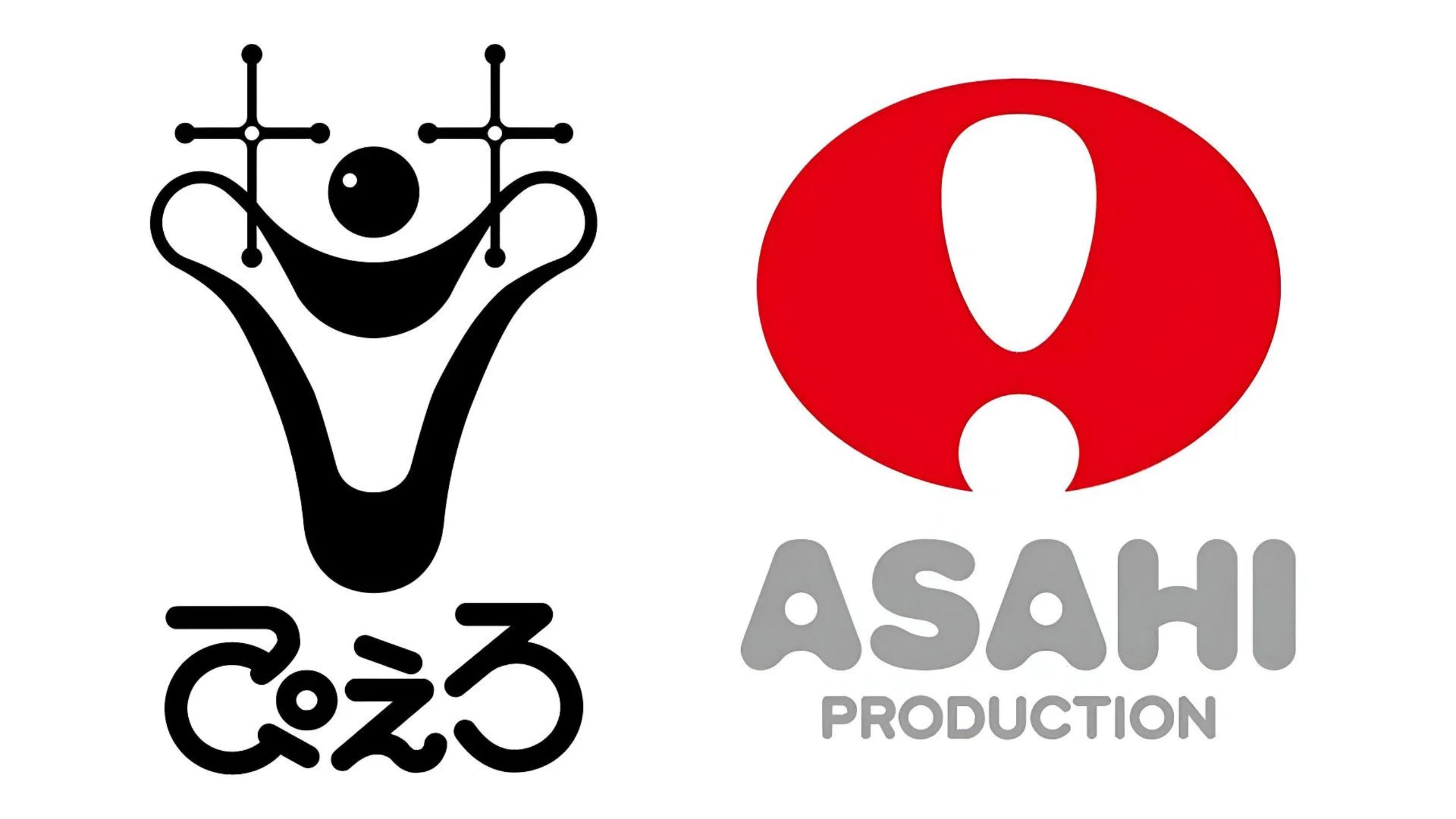
This partnership has reignited optimism among fans regarding the timeline for Boruto’s return.
By joining forces with Asahi Productions, Pierrot is looking to leverage advanced technologies and production capabilities to enhance the quality of its output.
Building on Established Relationships
The decision to collaborate with Asahi Productions is rooted in a well-established relationship between the two studios.
Over the years, Asahi Productions has worked on numerous projects for Pierrot, gaining a reputation for reliability and expertise.
This established rapport creates a foundation of trust that enables both studios to share resources and innovative techniques, which can improve the final quality of their work.
Asahi Productions is particularly recognized for its expertise in computer-generated (CG) animation and cutting-edge production technologies.
By combining their strengths with Pierrot’s well-regarded talent for traditional 2D animation, the two studios are poised to create a unique synergy that could redefine what fans can expect from Boruto.
The Significance of the Collaboration
The collaboration between Studio Pierrot and Asahi Productions is not just a strategic move; it is also a sign of the changing times in the anime industry.
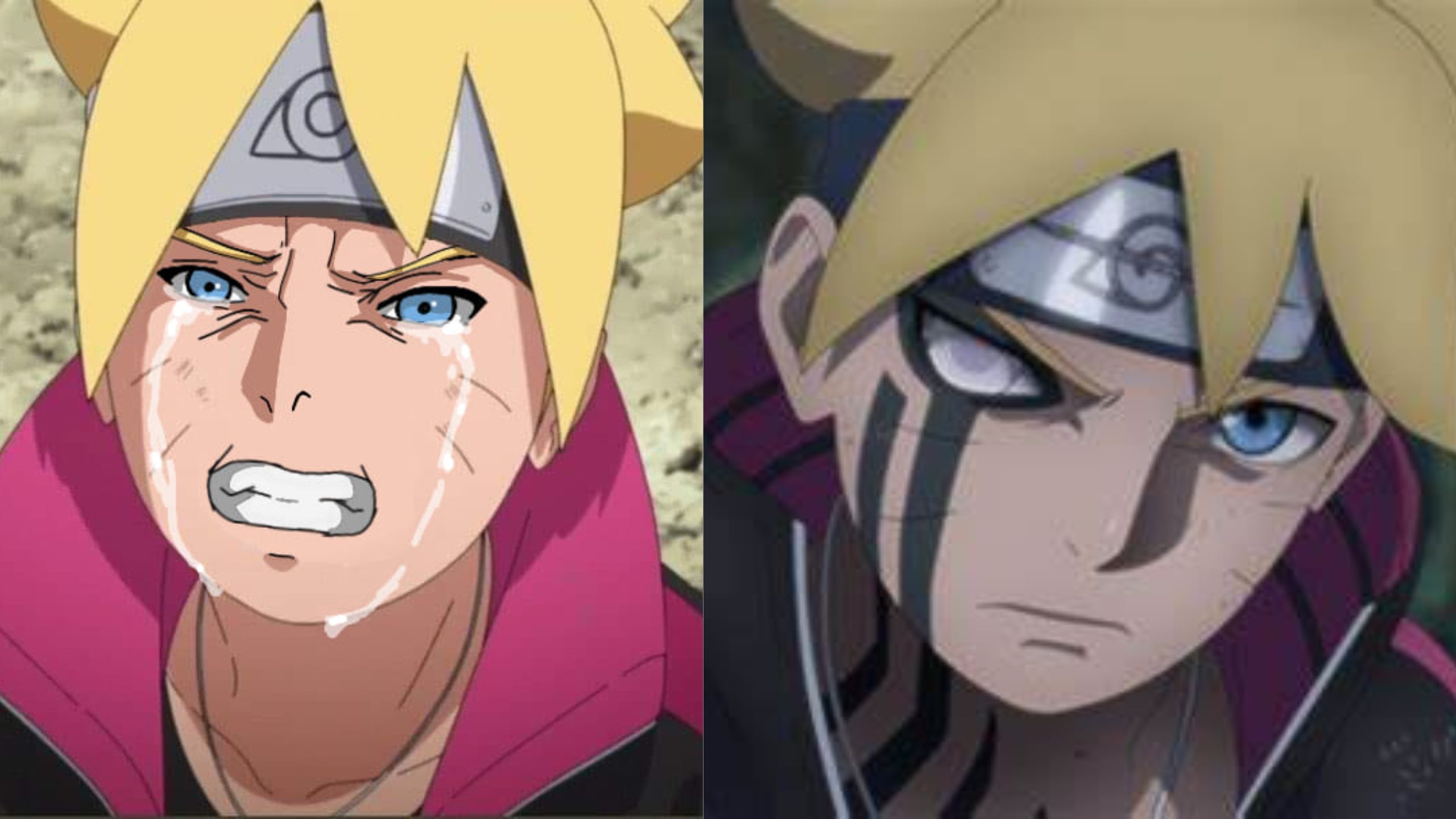
With the growing demand for visually striking and narratively complex anime, this partnership positions Boruto to meet those expectations.
The combination of Asahi Productions’ innovative techniques and Pierrot’s experience in storytelling presents an opportunity for Boruto to flourish.
Implications for Visual Quality
One of the most exciting aspects of this collaboration is the potential for significantly improved visual quality.
The integration of advanced CG techniques can introduce new dynamics to Boruto, enabling more fluid animations and enhanced special effects.
Traditional anime often relies heavily on 2D techniques, which can limit the visual storytelling capabilities, particularly during action sequences.
By harnessing CG animation, Boruto could benefit from more dynamic movements and immersive visuals that resonate with viewers.
This revitalization is particularly important for Boruto, as the series has faced criticisms regarding animation quality and pacing in certain arcs.
A fresh approach to animation could address these concerns and enhance the final viewing experience.
The Potential for High-Quality Content
With the promise of high-quality anime on the horizon, the collaboration between Studio Pierrot and Asahi Productions raises several exciting possibilities for Boruto.
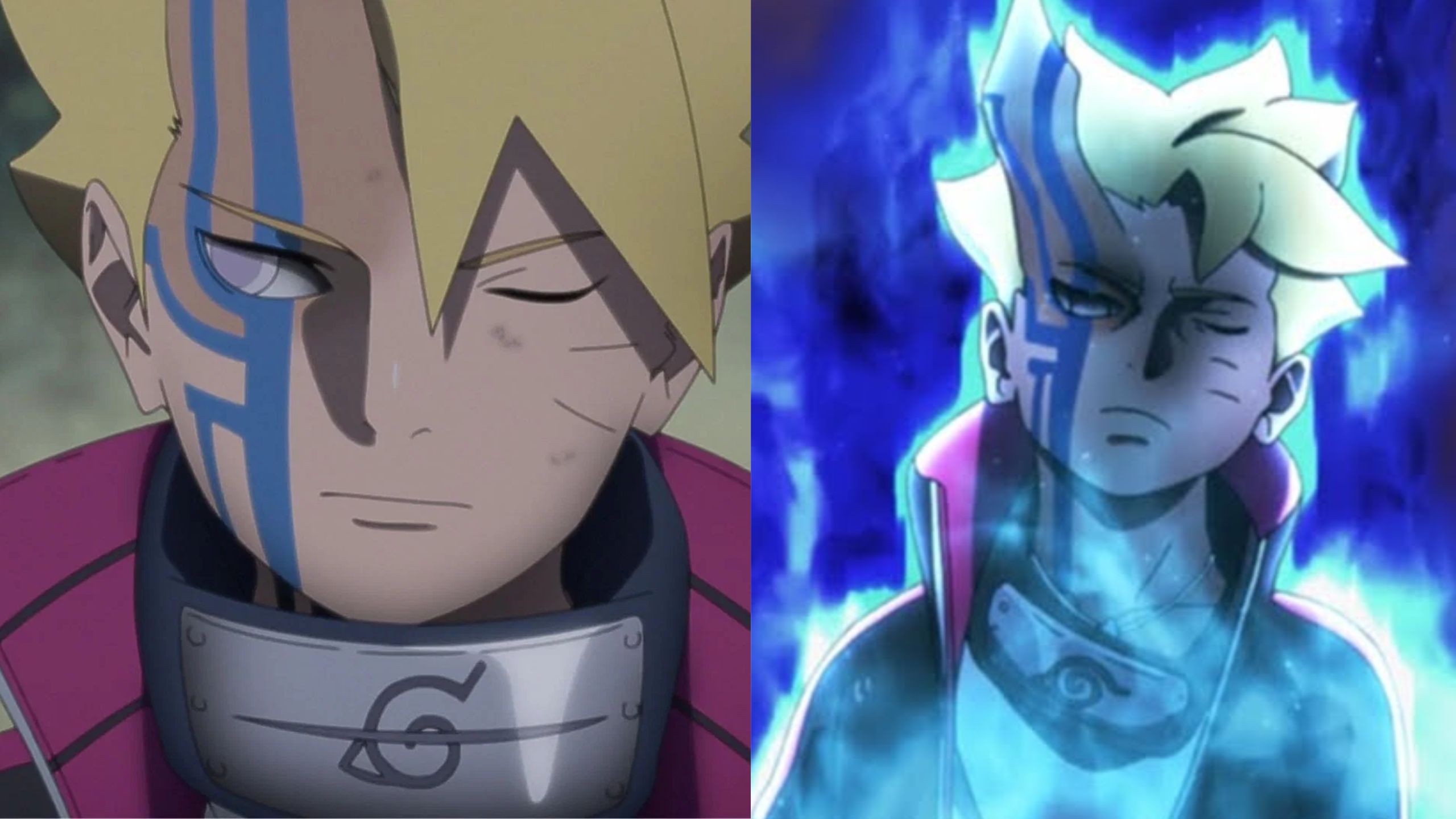
As the demand for visually attracting and narratively engaging anime continues to grow, this partnership has the potential to improve Boruto to new heights.
Exploring New Animation Techniques
The partnership with Asahi Productions could allow Boruto to explore innovative animation techniques that have previously gone untapped.
CG animation, known for its capacity to create stunning visuals, can enhance action sequences and final storytelling.
By integrating CG with traditional animation, the series can showcase smoother character movements and more intricate environments.
For instance, complex battle scenes, which are often a highlight of shonen anime, could become even more engaging with the infusion of CG elements.
This technique has been successfully employed in other popular series, allowing for breathtaking visual spectacles that attract the audiences.
By embracing these advancements, Boruto could present action sequences that are not only visually striking but also emotionally resonant.
Anticipating Story Arcs and Themes
As fans eagerly anticipate Boruto’s return, they are particularly interested in how the anime will adapt the ongoing and rich narrative arcs from the manga.

Key storylines, such as those involving the Otsutsuki clan, character relationships, and Boruto’s struggle to establish his identity, present a wealth of material for exploration.
Character development will play a crucial role in these upcoming arcs. The relationships between Boruto, Sarada, and Mitsuki have become focal points of the series.
Fans are eager to see how the anime will portray their growth and evolving dynamics against a backdrop of impending conflict.
If the anime can effectively convey these character journeys, it will resonate deeply with audiences, enriching the final experience.
Importance of Fan Feedback
Another vital aspect influencing the potential success of Boruto’s return is the role of fan feedback.
The community surrounding Boruto is passionate and vocal, engaging in discussions, sharing theories, and providing critiques.
This dialogue between the audience and creators is invaluable and can significantly impact the direction of the series.
In previous arcs, fans expressed dissatisfaction with certain pacing issues and character portrayals.
The collaboration with Asahi Productions provides the creative team with an opportunity to listen to this feedback and adapt the series accordingly.
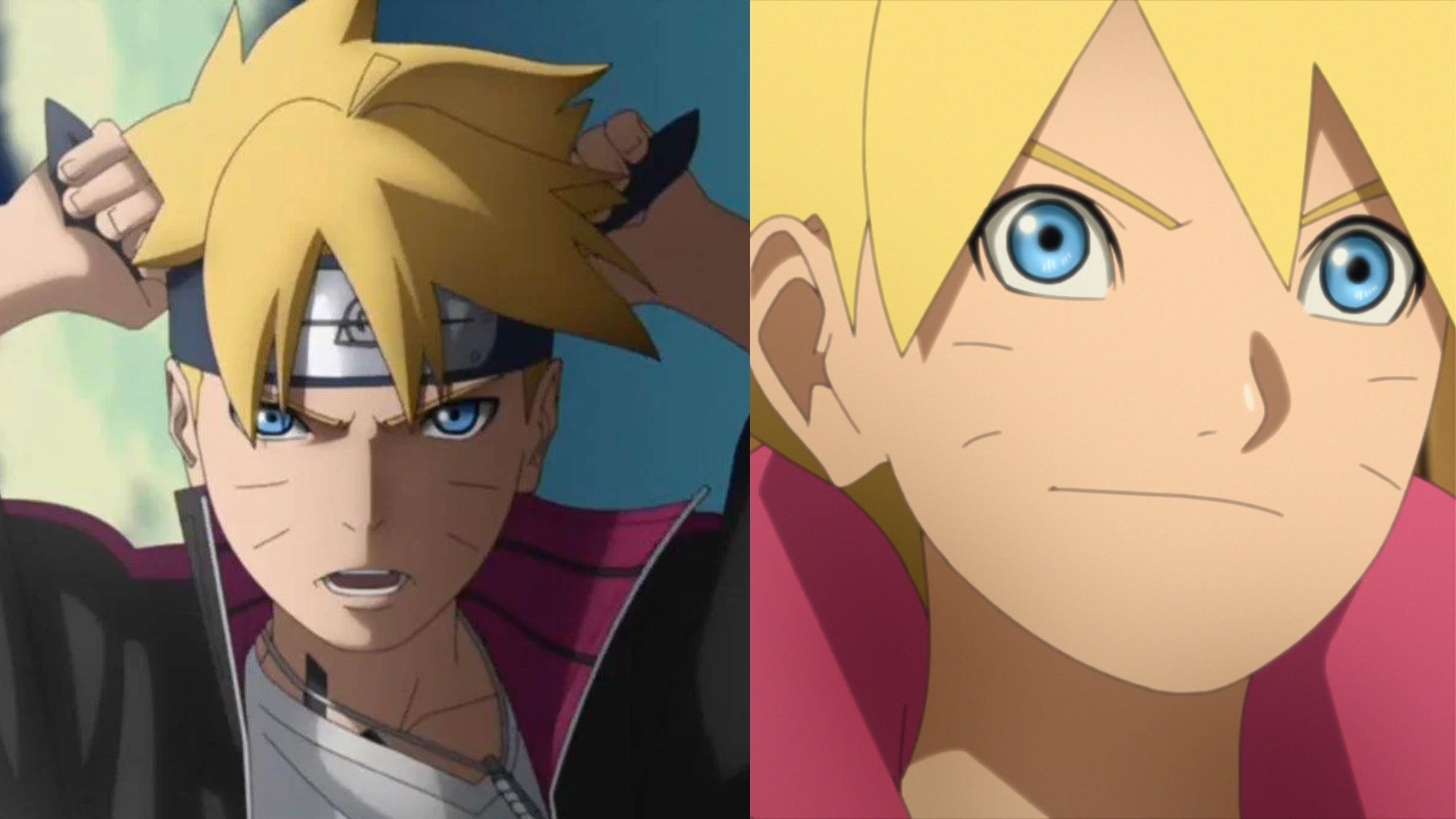
Engaging with the community and addressing their concerns could lead to a more satisfying viewing experience, ultimately strengthening the bond between fans and the franchise.
Steer Across The Challenges Ahead
While the future looks promising, the road ahead is not without its challenges.
The collaboration between Studio Pierrot and Asahi Productions, while exciting, requires careful management to ensure that the integration of new technologies does not overshadow the essence of the original story and characters.
Balancing Tradition and Innovation
One of the most significant challenges will be balancing traditional storytelling with innovative animation techniques.
Boruto has its roots in the beloved Naruto franchise, known for its character-driven narratives and emotional depth. While enhancing the visual experience is crucial, the narrative core must remain intact.
Fans are deeply invested in the characters and their journeys. Any deviation from established character development could lead to backlash.

The creative teams will need to work diligently to ensure that the story remains engaging while exploring new visual possibilities. This balancing act is essential in maintaining the series’ integrity while embracing innovation.
Maintaining Production Quality
Another concern revolves around potential production issues that may arise from ambitious collaborations.
As both studios ramp up their efforts to produce high-quality content, maintaining a consistent level of quality will be essential.
The anime industry has faced production struggles that have resulted in uneven quality and rushed episodes. Effective communication and a streamlined workflow will be vital to avoid such pitfalls.
As Studio Pierrot and Asahi Productions join on this collaborative journey, they must prioritize quality control measures to ensure that every episode meets the expectations of fans.
By fostering a collaborative environment that emphasizes excellence, the two studios can steer across challenges effectively.
What Fans Can Expect
As we consider the potential return of Boruto, it’s essential to understand what fans might expect from the series.
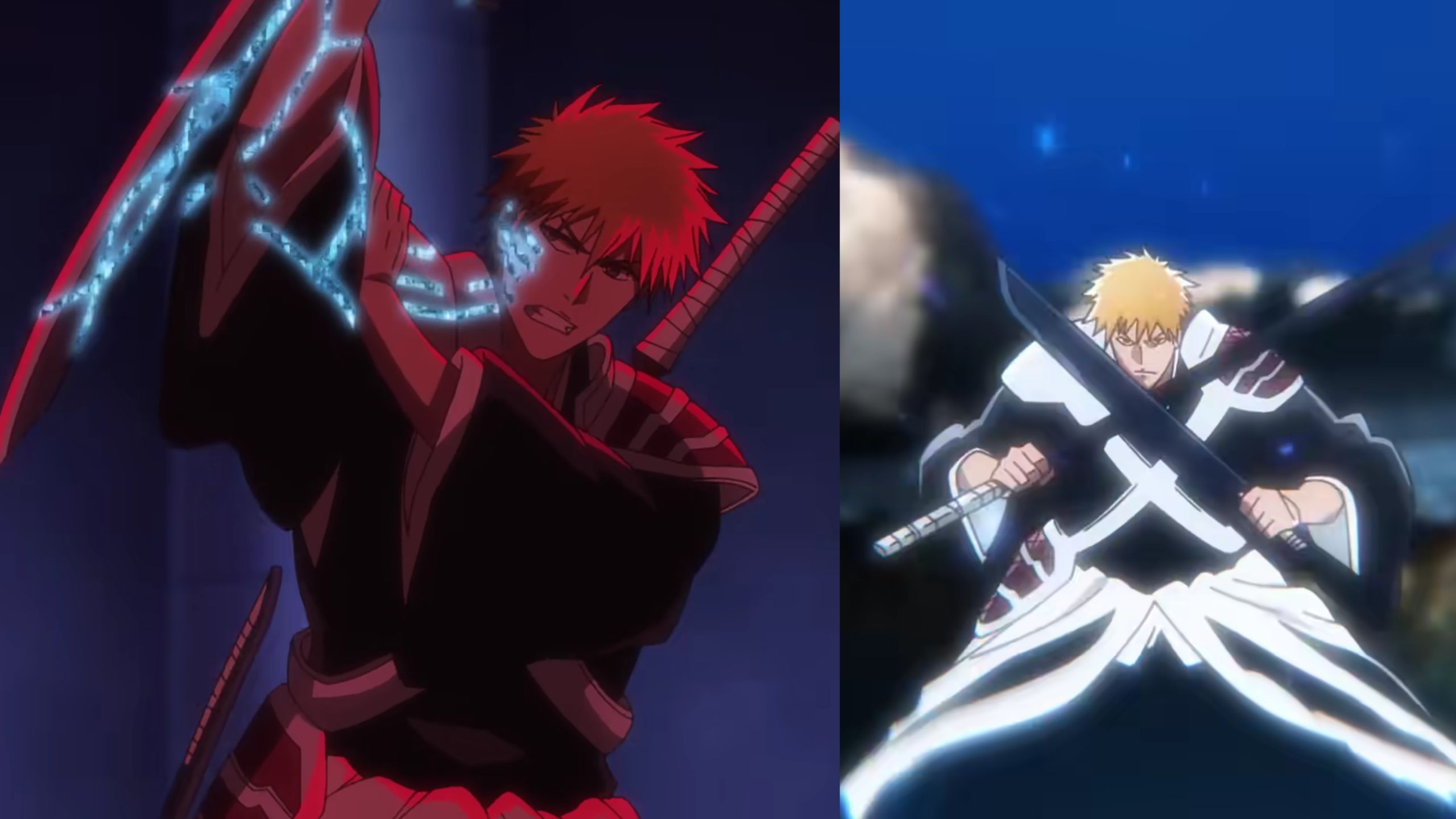
Given the promising developments with Asahi Productions and the strategic shift to a seasonal format, several key aspects could define the future of Boruto.
Enhanced Visual Storytelling
With the integration of advanced animation techniques, fans can anticipate a marked improvement in the visual storytelling of Boruto.
The synergy between Pierrot’s traditional 2D animation and Asahi’s cutting-edge CG capabilities has the potential to create visually stunning episodes.
From action sequences to emotional moments, viewers could experience a new level of immersion that enhances their connection to the characters and story.
Richer Character Arcs
As the anime adapts ongoing manga storylines, fans can expect richer character arcs and deeper explorations of relationships.
The creative teams are likely to focus on character development, allowing for nuanced portrayals that resonate with audiences.
By examining the internal struggles and growth of key characters, Boruto can create a compelling narrative that draws viewers in.
Engaging Themes and Storylines
The themes explored in Boruto such as identity, friendship, and the struggle against adversity are fundamental to its appeal.
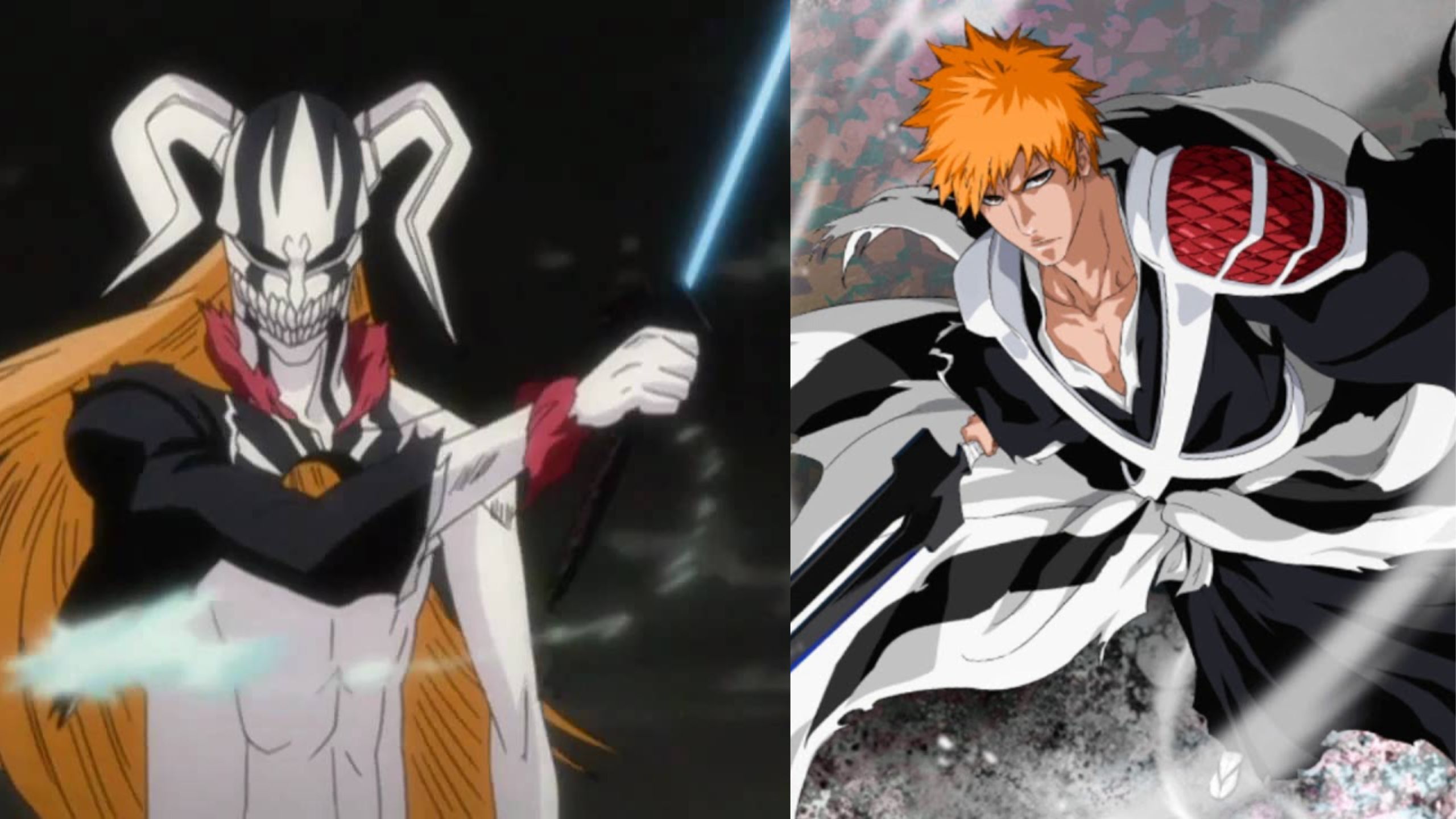
As the series returns, fans can look forward to the continuation of these themes, particularly as Boruto grapples with his legacy as Naruto’s son.
The interplay of past and present, as well as the challenges of growing up in a world defined by high expectations, will provide fertile ground for storytelling.
Increased Community Engagement
The collaboration with Asahi Productions, along with the strategic shift to a seasonal format, creates opportunities for increased engagement with the fan community.
The creative teams can utilize feedback from viewers to shape the direction of the series, ensuring that it aligns with audience expectations.
By fostering open communication and valuing fan input, Boruto can strengthen its connection with its community.
A Bright Future for Boruto
The collaboration between Studio Pierrot and Asahi Productions signifies a promising future for Boruto: Naruto Next Generations.
With a renewed focus on quality, innovative animation techniques, and a commitment to engaging storytelling, fans can look forward to an exciting revival of the series.
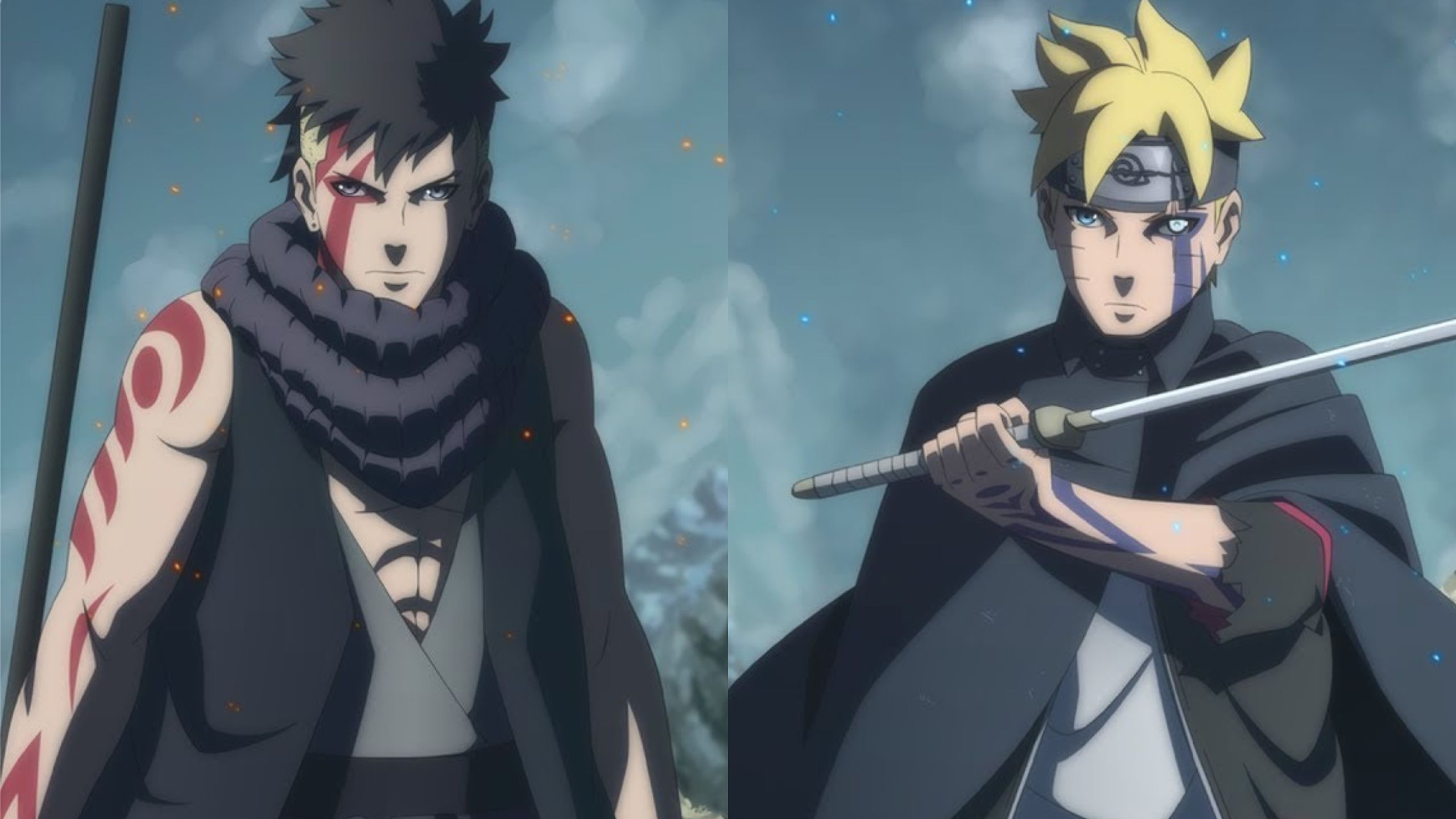
As we steer across this ever-changing world, it’s crucial for fans to remain engaged, support the creators, and celebrate the elaborate motifs of storytelling that Boruto continues to weave.
The hope for Boruto grows stronger with each passing day, and as fans, we can anticipate a future filled with adventure, friendship, and the powerful themes that have made the Naruto franchise an enduring favorite across generations.
The partnership between Studio Pierrot and Asahi Productions offers a tantalizing glance into what lies ahead.
As the anime adapts to meet modern standards while remaining true to its roots, it is a collective journey shared between creators and viewers alike.
The story of Boruto is far from over, and the best may yet be to come. As fans, we have much to look forward to, and the journey promises to be as enriching as the destination

